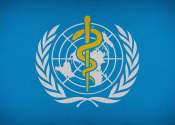Deforestation, forest conversion and palm oil plantations linked to disease outbreaks
Deforestation, certain types of reforestation and commercial palm plantations correlate with increasing outbreaks of infectious disease, shows a new study in Frontiers in Veterinary Science. This study offers a first global ...









